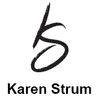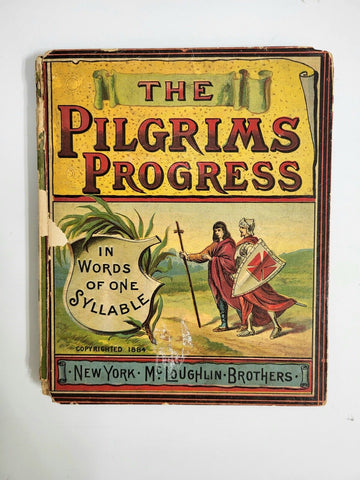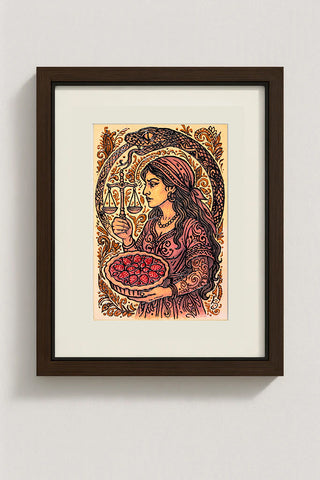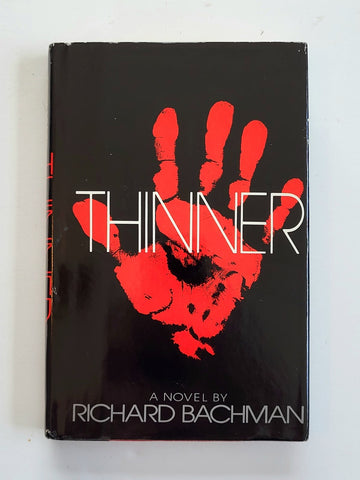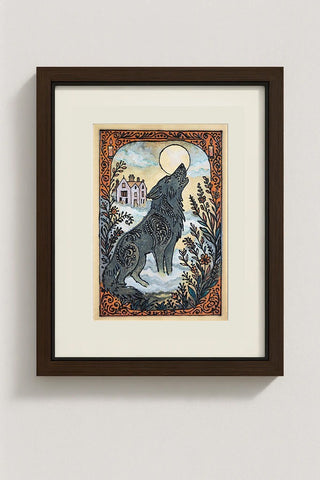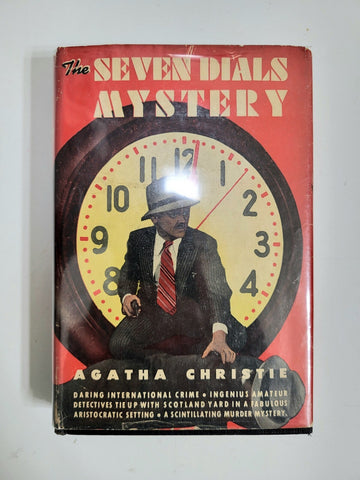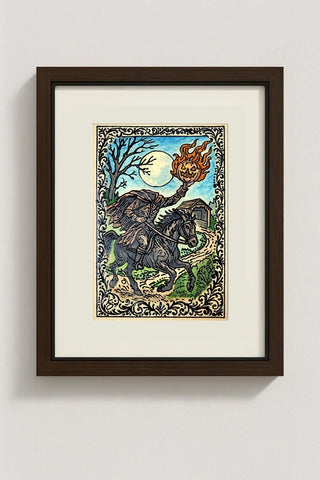What constitutes a crime and how should it be punished?
Parents often fear exposing children to stories of violence, drugs, or crime—so schools sometimes ban books and art for being “too mature.” But during my years as a board member and sailing instructor with Sailability of Greater Tampa Bay, I saw a different reality. Working with kids from the Sheriff’s Youth Ranches taught me that misbehavior isn’t solved by erasure. These kids are brilliant and full of potential; what they need isn’t censorship, but clarity about right, wrong, and the consequences of both.
This shelf gathers works challenged for depicting crime and transgression, alongside my own detective novels that probe the core of criminal science: What makes an act criminal? Why do we punish? And can punishment itself be just? True criminality isn’t just about breaking rules—it’s about acts that damage others or corrode the trust that holds society together. The question then becomes: how do we respond in a way that is proportionate, humane, and effective?
These stories do not glamorize wrongdoing. Instead, they dissect it—showing motives, consequences, and the gray zones where morality and law collide. They push us to weigh retribution against rehabilitation, deterrence against fairness.
Rather than shielding young people from these questions, I believe in engaging them—like detectives piecing together evidence. With thoughtful guidance, these narratives become more than tales of crime: they are lessons in justice, responsibility, and the moral choices that shape our shared future.
